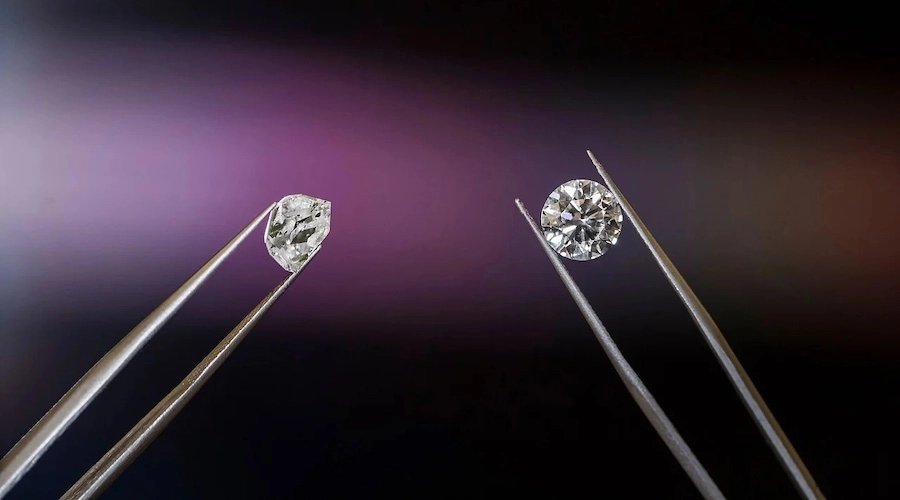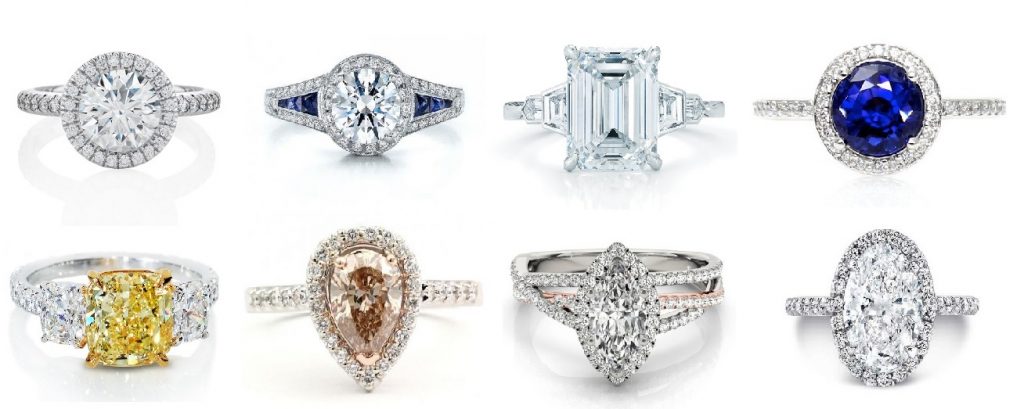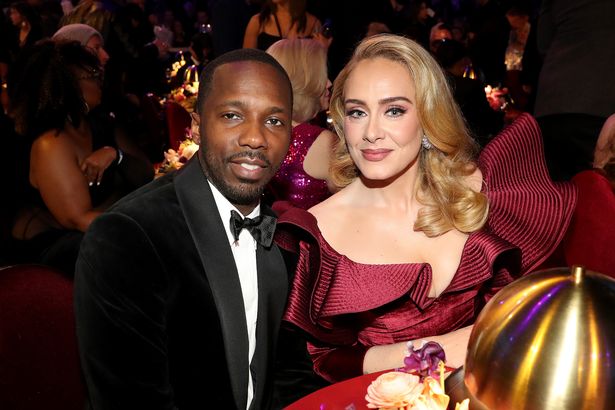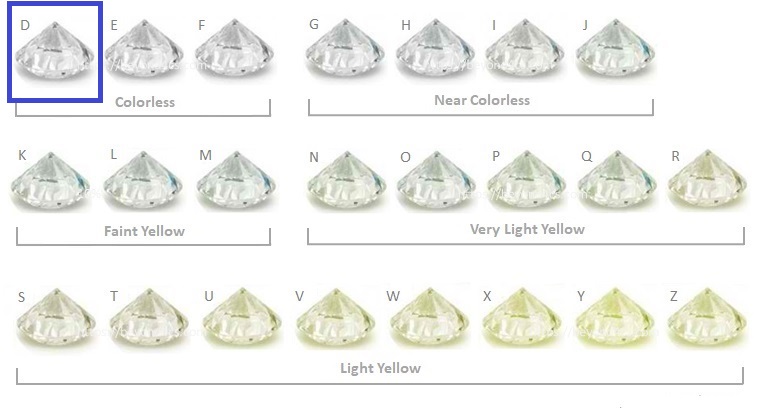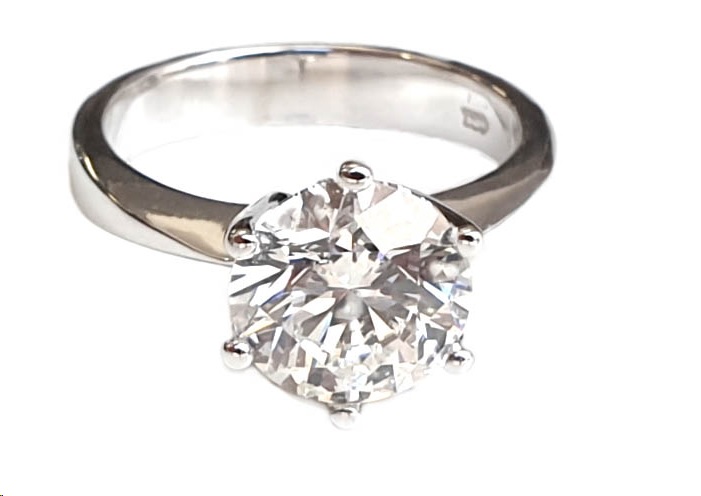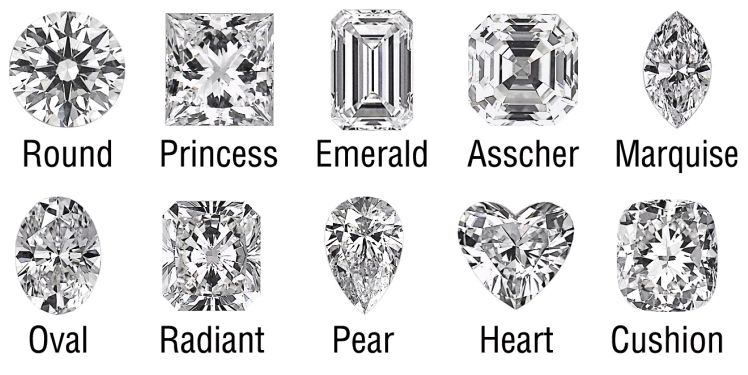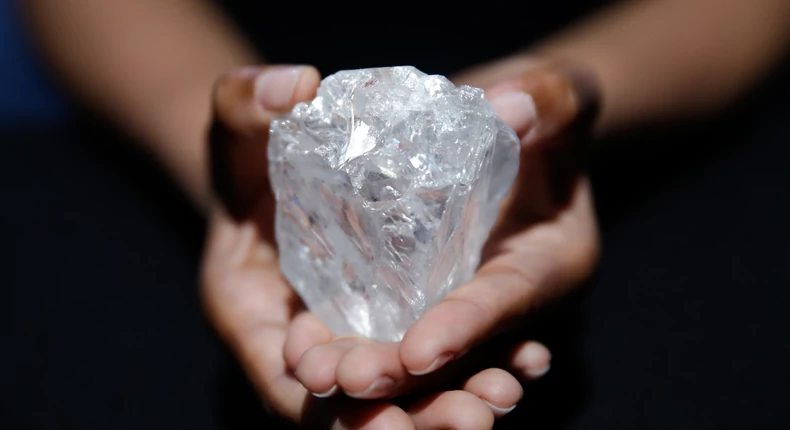
Botswana’s finance ministry disclosed that the diamond trade in Botswana is set to fall back in 2023, due to reduced demand.
This is as opposed to 2022 when Botswana’s total mining production increased by 8.2%.
Botswana anticipates that the production of diamonds would fall by 1% in 2023, and growth in the diamond trade will decrease to 7%.
An official from Botswana’s finance ministry stated on Wednesday that Botswana anticipates its mining sector’s production to remain flat this year as the diamond business loses its luster as a result of a decline in consumer spending and reduced demand for diamond jewelry.
In 2022, the total mining production increased by 8.2%. Although Botswana is the continent’s biggest producer of diamonds, this year’s improvements in copper and coal will not make up for the fall in this commodity.
About the majority of Botswana’s diamonds are produced by Debswana, a joint venture between the government of Botswana and De Beers, a division of Anglo American Plc (AAL.L). In 2022, production increased by 8% to 24.1 million carats.
Trading in diamonds increased 41% in the last year, with Botswana also benefiting from Western consumers avoiding Russian stones as a result of its invasion of Ukraine.
Botswana anticipates that the production of diamonds would fall by 1% in 2023 and that growth in the diamond trade will decrease to 7% from 41% in 2018.
Botswana’s finance ministry senior policy advisor, Keith Jefferis expressed the same sentiments in a statement to the American-based news agency, Reuters.
He noted that the diamond trade would face a major setback during the year, due to a slowdown in consumer demand, particularly in the USA.
He stated, “We see the diamond sector having a bit of a tough year due to an expected slowdown in consumer demand particularly in the USA, because of pressure on real income and consumption.”
High demand for coal and anticipated increases in copper mine production will somewhat offset this.
The Motheo copper mine, owned by Sandfire Resources (SFR.AX), is scheduled to begin operations this year, while the Kalahari Copperbelt’s Khoemacau copper mine is ramping up production to reach its nominal capacity of 60,000 tonnes annually.
The two active coal mines in Botswana the state-owned Morupule and Minergy’s (MIN.BT) Masama mine saw record exports in 2017 and are now considering increasing output to keep up with the country’s high demand for coal internationally.
According to forecasts from the finance ministry, the government anticipates mining royalties to decrease from 6.1 billion pula ($3.41 billion) last year to 4,5 billion pula ($3.41 billion) in 2023. The amount of dividends owed to the state would likewise decrease, from 15 billion to 11,3 billion pesos, in 2022.
Source: africa.businessinsider

